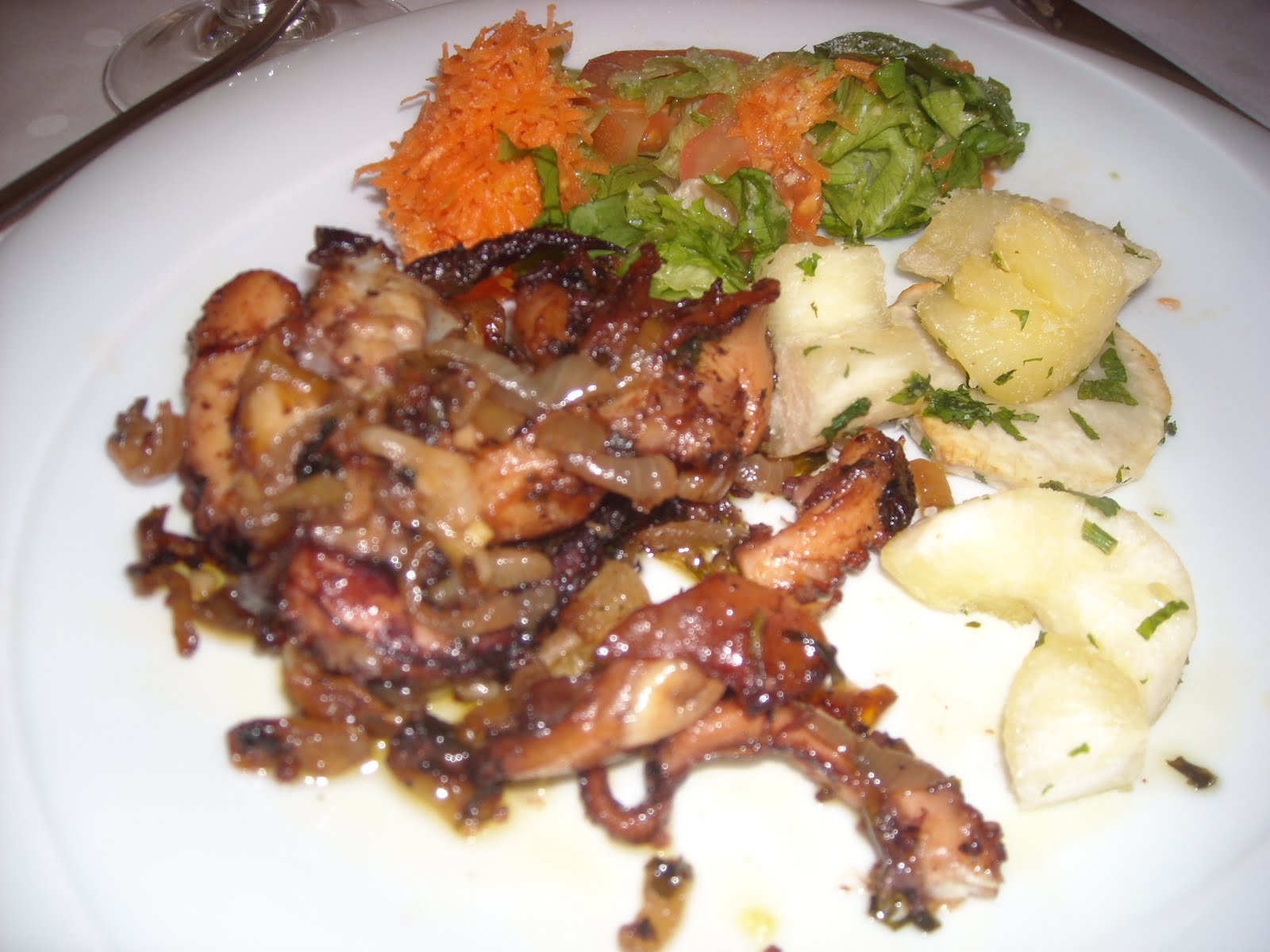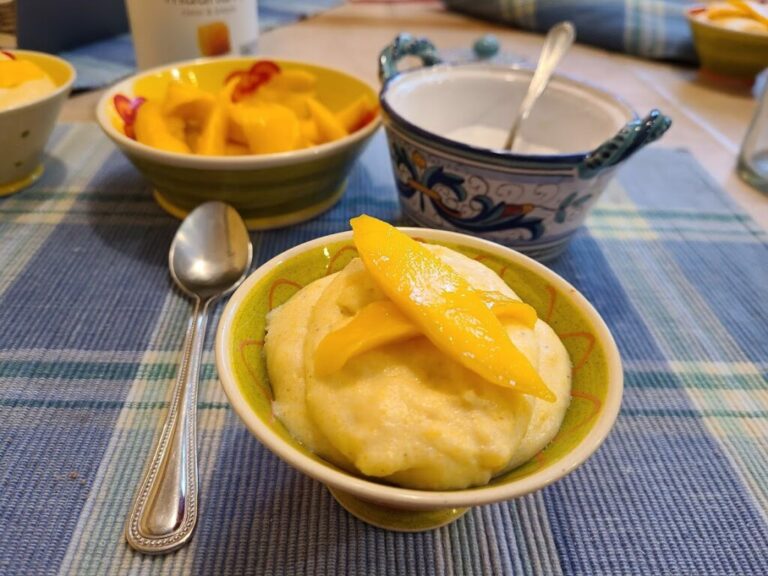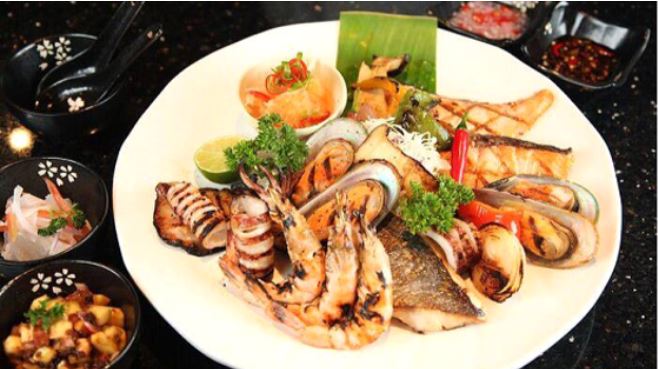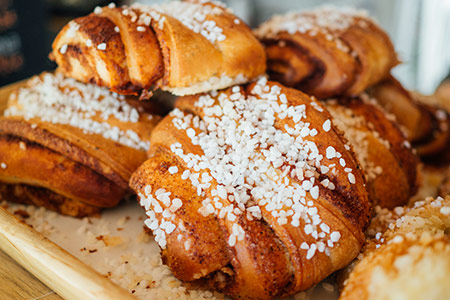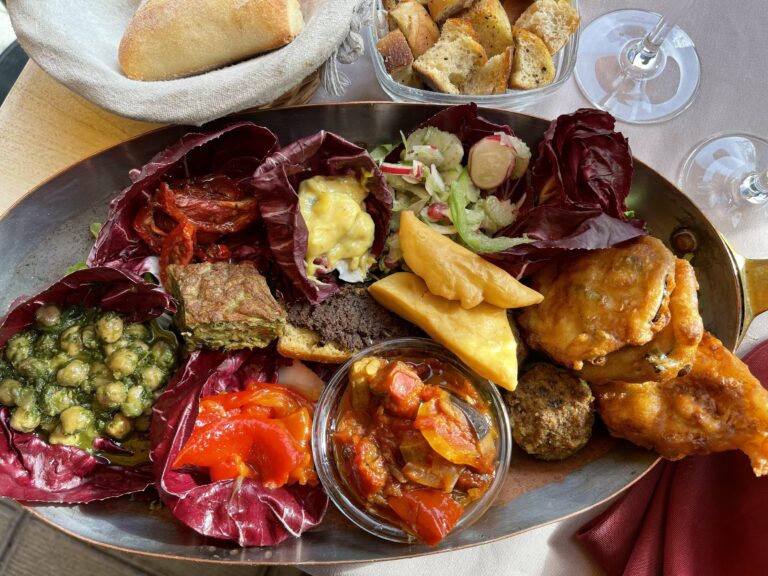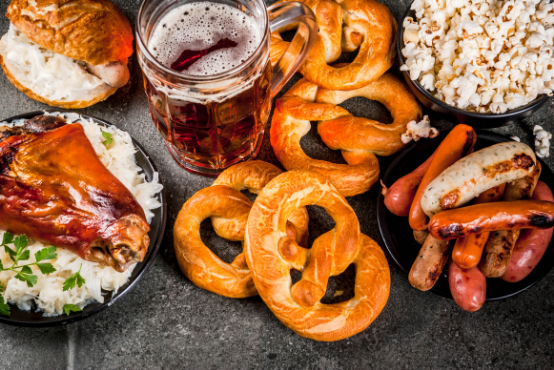The fact that coffee is one of the most popular drinks of all comes as no surprise. The caffeinated drink is now available in all imaginable variants. Whether hot or cold, sweet or bitter, with flavor or pure: coffee is more diverse than almost any other drink. Do you know what a lungo is? Or do you know the exact difference between a cappuccino and a latte macchiato? We have put together an overview of the most important coffee specialties in four categories: Coffee variations with coffee beans, espresso, milk and cream and based on ice. You will quickly become a coffee connoisseur. Together with our fully automatic coffee machines, you can also easily implement and enjoy the delicious creations. And which coffee variety is your favourite?
Overview of different coffee specialties with coffee beans
Filter coffee
Filter coffee is probably the most classic coffee drink. It is a black coffee, just like we know it from grandma. Filter coffee is usually prepared in a filter coffee machine. Coffee powder is brewed with hot water and filtered through a funnel-shaped filter.
The trend is to prepare filter coffee with a French press, which makes the taste more full-bodied and aromatic than classic filter coffee. Complete your hot coffee from the French Press with an alcoholic “shot”. The Dutch coffee, for example, is supplemented with eggnog. You can also take a strong shot of rum and conjure up a “Pharisee” with cream. Also popular is the “Rüdesheimer Kaffee”, where the coffee is flambéed with a dash of brandy and covered with cream, vanilla sugar and chocolate sprinkles.
Cafe Creme

In contrast to filter coffee, which is brewed with a filter coffee machine, café crème is made from bean coffee and prepared in a fully automatic coffee machine or portafilter. For the typical and even crema, the coffee has to be freshly ground for each cup and the hot water has to be pressed through the ground coffee under high pressure. While café crème is prepared in less than a minute, filter coffee takes a few minutes longer.
Mocha
We understand mocha to mean Turkish coffee, which is prepared in a long-stemmed pot. For this Arabic coffee specialty, ground coffee is brewed with water and sugar and served in small cups. It is usually boiled twice.
After the first time, the hot, swung-out cups are filled with the foam by the spoonful and after the second time the coffee including ground coffee is served. The coffee grounds then settle on the bottom of the cup. You get a particularly aromatic coffee specialty if you refine your mocha with clove, cinnamon or cardamom.
Overview of different coffee specialties with espresso
Espresso
The little one for in between: the espresso is particularly popular as a quick pick-me-up or after a meal. By the way: in Bella Italia, people only drink espresso after 10 a.m. and call it caffè there. Very finely ground coffee powder is used to prepare this aromatic coffee drink.
The water is pushed through the pressed coffee powder at high pressure. Since only three to four times as little water is used as with Cafè Créme, the concentration of coffee in an espresso is very high. The small black coffee has a fine brown foam crown, the so-called crema, and is served in a small coffee cup or glass. The most popular hot drink of the Italians forms the basis for many other coffee variations. Mixed with grappa you get a caffé corsetto, for example.
Lungs
A lungo is a prolonged espresso. This means that for this coffee:variation, an espresso is brewed with twice as much water. As a result, the lungo is not as strong as a normal espresso, but still very aromatic!
Ristretto
A ristretto is prepared with less water than an espresso. It is therefore more concentrated and stronger than an espresso. And is drunk even faster than an espresso. So the ideal coffee specialty with a caffeine kick for everyone who is in a hurry ;).
Coffee Doppio
Most people are familiar with the coffee specialty of Caffee Doppio as a double espresso. The double espresso is usually served in an ordinary coffee cup. For this coffee drink – as the name suggests – two individual espressos are prepared one after the other.
Cafe Americano

The Cafè Americano tastes similar to a filter coffee. However, this coffee variation is a double espresso, which is then diluted with water. The mixing ratio corresponds to approx. 1:3. Thus, 60ml of espresso is diluted with 180ml of hot water.
Overview of coffee specialties with milk and cream
Milk coffee
If you like your coffee a little milder, you often go for a latte. As the name suggests, this consists of filter coffee and hot milk. The exact composition can vary: Austrians, for example, distinguish between “melange” (half coffee and half milk) or “coffee wrong”, which consists of two thirds milk and only one third coffee. This coffee specialty is usually served in a large cup.
Cafe au lait
Café au lait (coffee with milk) is the French version of coffee with milk, which is also made from equal parts coffee and hot milk. Some people use an espresso lungo or at least very strong filter coffee for the café au lait instead of normal coffee in order to retain the bitter coffee taste despite a lot of milk.
Cappuccino
A cappuccino is an espresso that is filled with equal parts milk and milk froth. The recipe for this creamy coffee drink is: 1/3 espresso, 1/3 milk and 1/3 milk foam. As an alternative to milk, cream is also often used in Germany. The cappuccino is often refined with a little cocoa powder. In Italy, cappuccino is drunk almost exclusively for breakfast, in other countries it is also often ordered in the afternoon with cake.
Espresso macchiato
For the espresso macchiato, an espresso is prepared in the normal way. This is then served in a small glass or cup with a dash of hot frothed milk.
Flat White
The Flat White consists of a double espresso and frothed milk. Unlike the cappuccino, however, this is only slightly foamed and still slightly liquid. Often the flat white is decorated with latte art, which makes the flat white look very appealing.
Latte macchiato
The latte macchiato has become the absolute trend drink in Germany and is one of the most popular coffee specialties in our country. It is served in tall glasses and with a long spoon and, like the cappuccino, is prepared from 1/3 each of espresso, hot milk and frothed milk. The espresso is added last, so that it settles between the milk and the milk froth.
This creates the typical layering in the glass. This coffee variety is one of the mildest coffee drinks, which is why it translates as “stained milk”. The latte macchiato is often offered in several flavors, such as vanilla, chocolate or caramel, by adding different syrups. So it is the ideal drink for coffee beginners.
Overview of various coffee specialties with ice
Cafe frappe
The café frappé is a Greek coffee specialty. Instant coffee is frothed with milk and cooled with ice cubes. Sugar or milk is often added.
Coldbrew
With cold brew, ground coffee is infused with cold water. The mixture is steeped at room temperature for several hours and finally filtered. This creates a very special coffee variation.
Iced coffee
A typical iced coffee consists of chilled coffee with vanilla ice cream. Depending on your preference, the refreshing coffee drink can also be served with other types of ice cream and whipped cream.
Iced coffee
With iced coffee, a hot espresso is poured into a glass with pieces of ice and sweetened. Especially for the summer, this is an aromatic and refreshing drink that is also quick to prepare.
Frappuccino
The frappuccino is a cold coffee drink consisting of a cup of coffee or espresso, crushed ice, syrup and usually whipped cream.
Green coffee – the slightly different coffee specialty

This hip coffee drink, green coffee, is still somewhat unknown. So-called green coffee is used for this. Basically, coffee beans are roasted before grinding. This is different with green coffee, which remains in its green, untreated and dried form. In terms of taste, the green coffee tastes much milder than the roasted competition.
You can prepare the green coffee in the French press or the coffee machine. Green coffee is much more aromatic with the French press than with the filter coffee machine.


